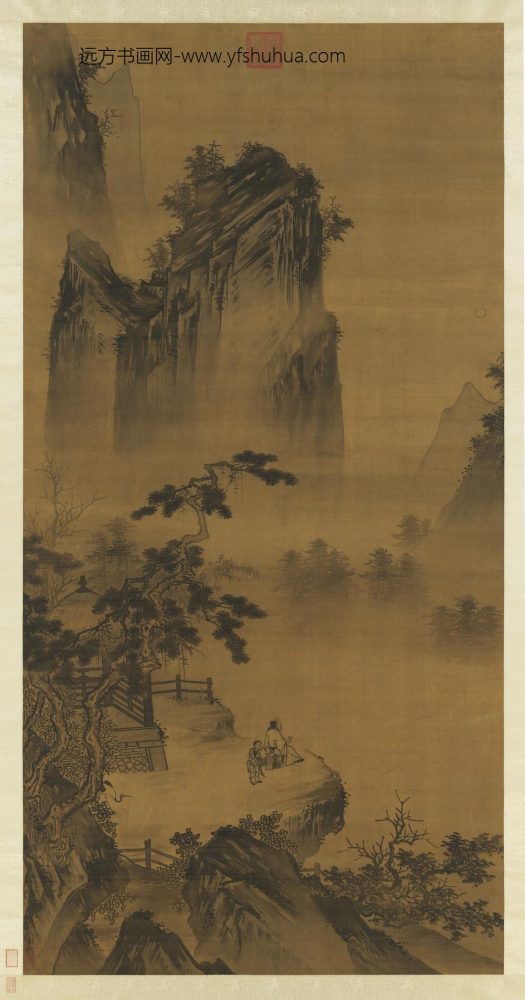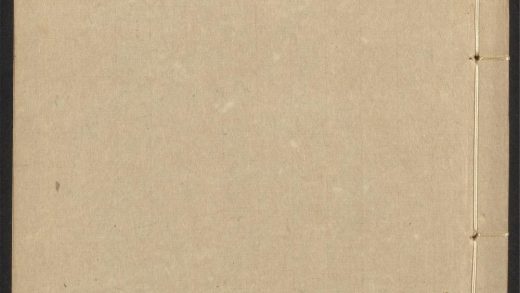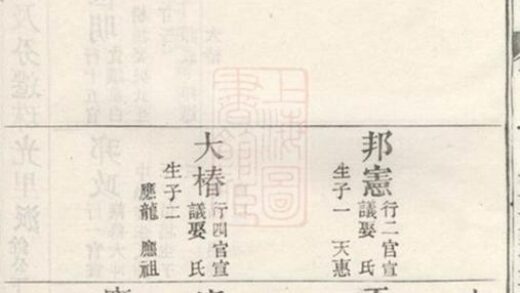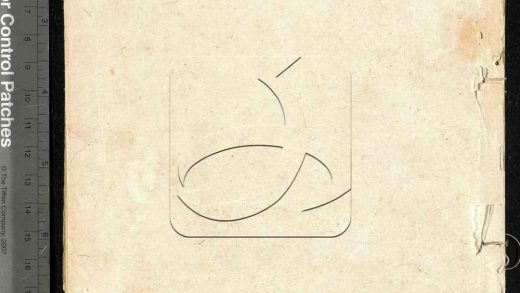【作品基本信息】
| 作者 | 马远 |
| 品名 | 举杯玩月图轴 |
| 朝代 | 南宋 |
| 文件大小 | 18.04MB |
| 分辨率(DPI) | 300×300 |
| 像素大小 | 1777×3384 |
| 尺寸(CM) | 15.04×28.65 |
| 作品数量 | 1 |
| 作品收藏 | 台北故宫博物院 |
| 图片格式 | 默认提供TIF和JPG两个版本 |
基本数据
| 藏品类型 | 绘画 |
| 品名 |
宋马远举杯玩月 轴 Drinking in the Moonlight |
| 分类 | 绘画 |
| 作者 | 马远;钟礼 |
| 数量 | 一轴 |
典藏尺寸
| 【位置】 | 【尺寸】(公分) |
| 本幅 | 205.6×104.1 |
质地
| 【质地位置】 | 【质地】 |
| 本幅 | 绢 |
题跋数据
| 【题跋类别】 | 【作者】 | 【位置】 | 【款识】 | 【书体】 | 【全文】 |
| 作者款识 | 钟礼 | 本幅 | 钦礼 | 行书 |
主题
| 【主题类别】 | 【主题(第一层)】 | 【主题(第二层)】 | 【主题说明】 |
| 主要主题 | 山水 | 夜景(月景) | |
| 其他主题 | 人物 | 高士(士人、隐士) | |
| 其他主题 | 人物 | 侍从(侍女、童仆) | |
| 其他主题 | 树木 | ||
| 其他主题 | 树木 | 松 | |
| 其他主题 | 翎毛 | 鹤 | |
| 其他主题 | 建筑 | 亭 | |
| 其他主题 | 建筑 | 栏杆 | |
| 其他主题 | 器用 | 家具(屏风) | |
| 其他主题 | 器用 | 饮食器 | 酒杯、壸 |
技法
| 【技法】 | 【技法细目】 |
| 皴法 | 斧劈皴 |
参考数据
| 【类别】 | 【参考数据】 |
| 收藏着录 | 故宫书画录(卷五),第三册,页92-93 |
| 收藏着录 | 故宫书画图录,第二册,页149-150 |
| 参考书目 |
1.童文娥,〈宋马远举杯玩月 轴〉,收入国立故宫博物院编辑委员会主编《文学名著与美术特展》(台北:国立故宫博物院,2001.10),页95、173-174。 2.〈传宋马远举杯玩月(明钟礼)〉,收入陈阶晋、赖毓芝主编,《追索浙派》(台北:国立故宫博物院,2008年初版一刷),页179。 3.童文娥,〈「文学名著与美术」特展选介(一) 传宋马远举杯玩月〉,《故宫文物月刊》,第218期(2001年5月),页30-32。 |
| 内容简介(中文) | 本幅纵笔粗豪,高峰耸起如屏。林间亭台,一人举杯邀月,一童子捧瓶侍候。画原签题为马远(活动于公元1190-1224年),但幅下右角有墨书「钦礼」二字,研究者以为当系明代浙派后期名家钟钦礼(约公元十五、十六世纪)之款。按,钟礼,字钦礼,号南越山人,浙江上虞人。据称成化(公元1465-1487年)间召入仁智殿,大受赏誉。擅画云山,并工草虫。 |
| 内容简介(英文) | This work was done with relaxed brushwork that was spontaneously executed. A series of tall peaks rise up like a screen in the background and pavilion appears among the trees. A scholar raises his cup to toast the the moon as a youth holding a jug attends to him. This painting originally was attributed to Ma Yuan, but in the lower left corner is a signature that reads “ Ch’in-li,” which scholars believe was the style name of the famous late Ming Che School painter, Chung Li (fl. Ca. 15-16th c.). Chung Li was a native of Chekiang who became an honored court painter in the Jen-chih Hall during the Ch’eng-hua era (1465-1487). He specialized in paintings cloudy mountains as well as insects-and-grasses. |
| 内容简介(中文) | 马远,字钦山。光、宁宗朝(公元1189-1224年)画院待诏,画山石用斧劈,笔力方硬。与夏圭齐名,时称马夏。本幅画李白诗「举杯邀明月,对影成三人。」士人对着迷蒙烟岚,皎洁明月独饮,气氛浪漫。以水份多的大斧劈画石,墨色分明,技法纯熟,应该是明人学马夏流派作品。幅右下角「钦礼」二字,学者认为是明代浙派后期名家钟钦礼款。钟礼,字钦礼,学戴进,善画峰峦云气变化。 |
| 内容简介(英文) | Ma Yuan was a Painter-in-Attendance at the Southern Sung court. Using “axe-cut” strokes to define rocks, his brushwork was strong and angular. He was as famous as his contemporary Hsia Kuei. This work was inspired by Li Po’s line reading, “I raise my cup to the bright moon. With my shadow, we are three.” A scholar here faces a mist-filled gorge and drinks with a goblet under the bright moon above. Large axe-cut strokes define the rocks. The strong contrast in ink tones and mature technique indicate this was done by a Ming artist in the Ma Yuan and Hsia Kuei school. In the lower left is a signature that reads “Ch’in-li,” believed to be the style name of the late Ming Che School painter Chung Li, who excelled at peaks enveloped in mist. |
| 网页展示说明 |
本幅以李白名句「举杯邀明月,对影成三人」为题,描绘士人独酌于迷蒙月色中。通幅画石用浓墨大斧劈皴,笔致纵放,俨然有马夏山水的要素。虽旧签题定为马远(活动于1190-1224),但幅右下角署有「钦礼」二字,及「钟氏钦礼」印,故实际应出自明代浙派名家钟礼之手。 钟礼,字钦礼,浙江上虞人。成化、弘治间(1465-1505)任职内廷,画学戴进,善写峰峦云气变化。 (20110712) |
| 网页展示说明 |
This work was inspired by Li Bo’s famous line that reads, “I raise my cup to the bright moon. With my shadow, we are three.” It depicts a scholar facing a mist-filled gorge and drinking with a goblet under the bright moon above. Large axe-cut strokes define the rocks throughout. The strong contrast in ink tones and mature technique indicate features of the Ma Yuan and Xia Gui school. Although the traditional title gives the painter as Ma Yuan, in the lower left is a signature that reads “Qinli” and the seal for “Zhong, Qinli,” indicating that it actually came from the hand of Zhong Li, the famous Ming dynasty Zhe school artist. Zhong Li, style name Qinli, was a native of Shangyu in Zhejiang who served the court during the Chenghua and Hongzhi era (1465 to 1505). He learned from the style of Dai Jin and excelled at depicting the transformations of peaks in clouds and mists. (20110712) |
| 网页展示说明 |
本幅以李白名句「举杯邀明月,对影成三人」为题,描绘士人独酌于迷蒙月色中。通幅画石用浓墨大斧劈皴,笔致纵放,俨然有马夏山水的要素。虽旧签题定为马远(活动于1190-1224年),但幅右下角署有「钦礼」二字,及「钟氏钦礼」印,故实际应出自明代浙派名家钟礼之手。 钟礼,字钦礼,浙江上虞人。成化、弘治间(1465-1505)任职内廷,画学戴进,善写峰峦云气变化。 (20110712) |
【作品展示】

宋马远举杯玩月轴




